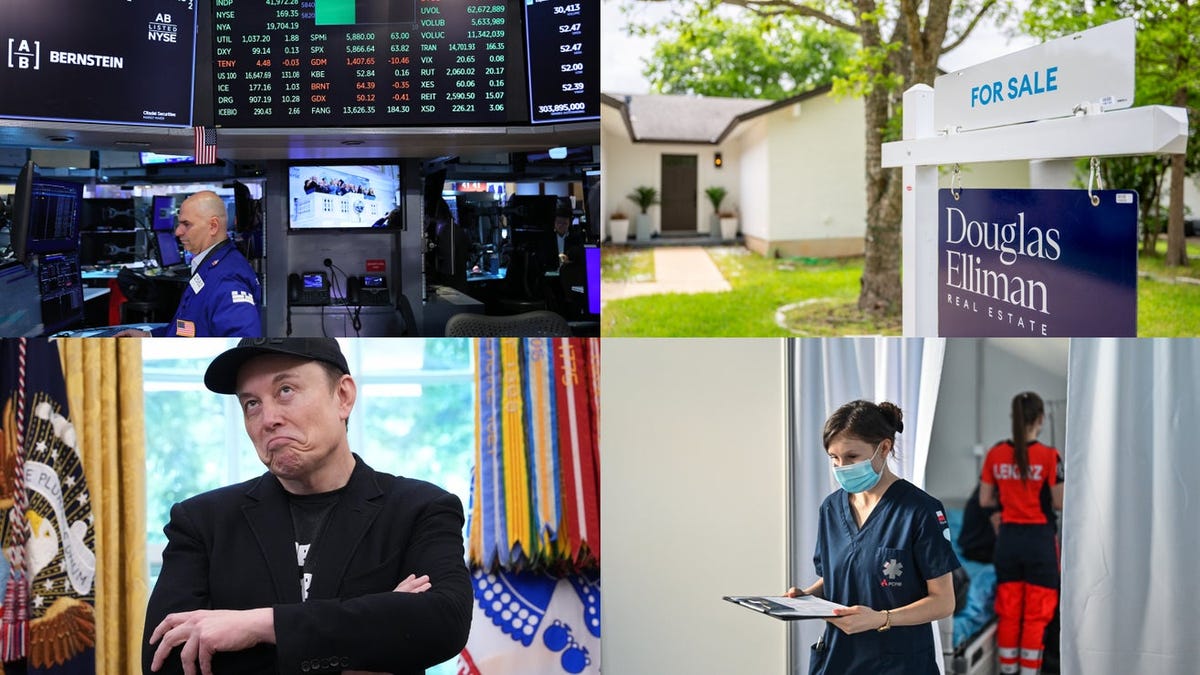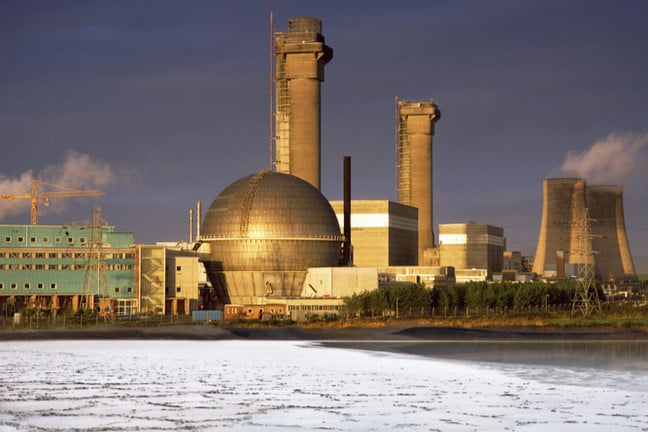Vail Resorts Lifts EBITDA Outlook
Vail Resorts(NYSE:MTN) reported its fiscal 2025 third-quarter results on June 5, 2025, with resort reported EBITDA up 3% year to date despite a 3% decline in skier visits. Management also updated its guidance range for resort reported EBITDA to $831 million to $851 million for fiscal 2025. The company highlighted progress on its $100 million multiyear cost-cutting plan and said it had seen early indicators of stable season pass sales, while also addressing evolving macroeconomic and competitive dynamics. Vail Resorts is in the midst of a two-year Resource Efficiency Transformation Plan that aims for $100 million in annualized cost savings by the end of fiscal 2026, with $35 million of that expected in fiscal 2025. This initiative is being implemented alongside year-to-date revenue growth, and in the face of lower-than-expected spring visitation and increased expense pressures.This cost discipline is offsetting revenue pressures and helping preserve EBITDA margins amid macroeconomic and industry volatility.Continue reading

Vail Resorts(NYSE:MTN) reported its fiscal 2025 third-quarter results on June 5, 2025, with resort reported EBITDA up 3% year to date despite a 3% decline in skier visits. Management also updated its guidance range for resort reported EBITDA to $831 million to $851 million for fiscal 2025. The company highlighted progress on its $100 million multiyear cost-cutting plan and said it had seen early indicators of stable season pass sales, while also addressing evolving macroeconomic and competitive dynamics.
Vail Resorts is in the midst of a two-year Resource Efficiency Transformation Plan that aims for $100 million in annualized cost savings by the end of fiscal 2026, with $35 million of that expected in fiscal 2025. This initiative is being implemented alongside year-to-date revenue growth, and in the face of lower-than-expected spring visitation and increased expense pressures.
This cost discipline is offsetting revenue pressures and helping preserve EBITDA margins amid macroeconomic and industry volatility.




































































































































































































